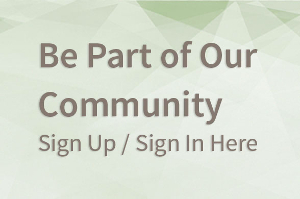BK Blog Post
Three Ways to Reframe Your Tension to Something Positive
 Posted by
Jeevan Sivasubramaniam,
Vice President, Editorial,
Berrett-Koehler Publishers Inc.
Posted by
Jeevan Sivasubramaniam,
Vice President, Editorial,
Berrett-Koehler Publishers Inc.
In their latest book, authors Rick Peterson and Judd Hoekstra discuss how to get the best results when you are under heavy pressure and there's a lot on the line. Rick Peterson is familiar with pressure as the pitching coach to a number of Major League Baseball teams--as he was for the Oakland A's during the Moneyball era. He knows a little bit about pressure, and he also knows some great ways of taking that stress and making it something productive and useful.
In their book, they discuss seven ways in which you can reframe your pressure. Here are just three of those (for the rest, read the book!):
1. Reframing from Trying Harder to Trying Easier: This seems to go against everything we were told about always giving 110%. But the truth is that trying harder heightens pressure and exhausts us. We try harder because we foolishly believe that trying harder produces better results or that our best is not good enough and we need to do more. The resulting anxiety then ruins our performance. By the same measure, less anxiety means better performance. Trying easier is not about being lazy, it is just about throttling back just a little bit to take the tension out and replace it with effort. In 1961, Hall of Fame pitcher Sandy Koufax was scheduled to pitch the first five innings in a Dodgers “B team” spring training game. Koufax’s catcher and roommate on the road, Norm Sherry, urged him to ease up slightly on his fastball. Sherry thought this would improve Koufax’s control and protect his arm from a potential early season injury. Koufax took Sherry’s advice and threw a no hitter. During this game, Koufax learned a fastball will behave better, with just as much life and better control, if you throttle back a little.
2. Reframing from Tension to Laughter: Tense situations are ones in which circumstances are exaggerated and the body's stress response shuts down any progress, but laughter does the opposite: it brings perspective to a situation, relaxes the body and lowers blood pressure. In any tense situation, you can find something of humor. This is often what is called dark humor or "gallows humor" and is essential for maintaining morale and spirits in less-than-ideal conditions. You will find that those who work in high-tension environments such as hospital emergency wards or in law enforcement often use humor that may seem insensitive or inappropriate, but in their line of work, that sort of humor is what makes their work life possible. When Churchill was told Mussolini had decided to enter WW II, he announced to the British public, "The Italians have announced they will fight on the Nazis' side. I think it's only fair; we had to put up with them last time."
3. Reframing from Failure to Learning Moment: It is a difficult fact to accept but a fact just the same that we learn more about ourselves and others through "failures" and letdowns than anything else. The point is to realize that failures are actually the vehicles for learning, and that to learn, "failure" is needed in some measure. The problem is that we live in a fear-based culture and fear of failure is a huge obstacle to learning. Tony Robbins relates an interesting event related to learning: "There’s a famous story told about Tom Watson, the founder of IBM. One of his subordinates had made a horrendous mistake that had cost the company ten million dollars. He was called into Watson’s office and said, ‘I suppose you want my resignation.’ Watson looked at him and said, ‘Are you kidding? We just spent ten million dollars educating you.’






